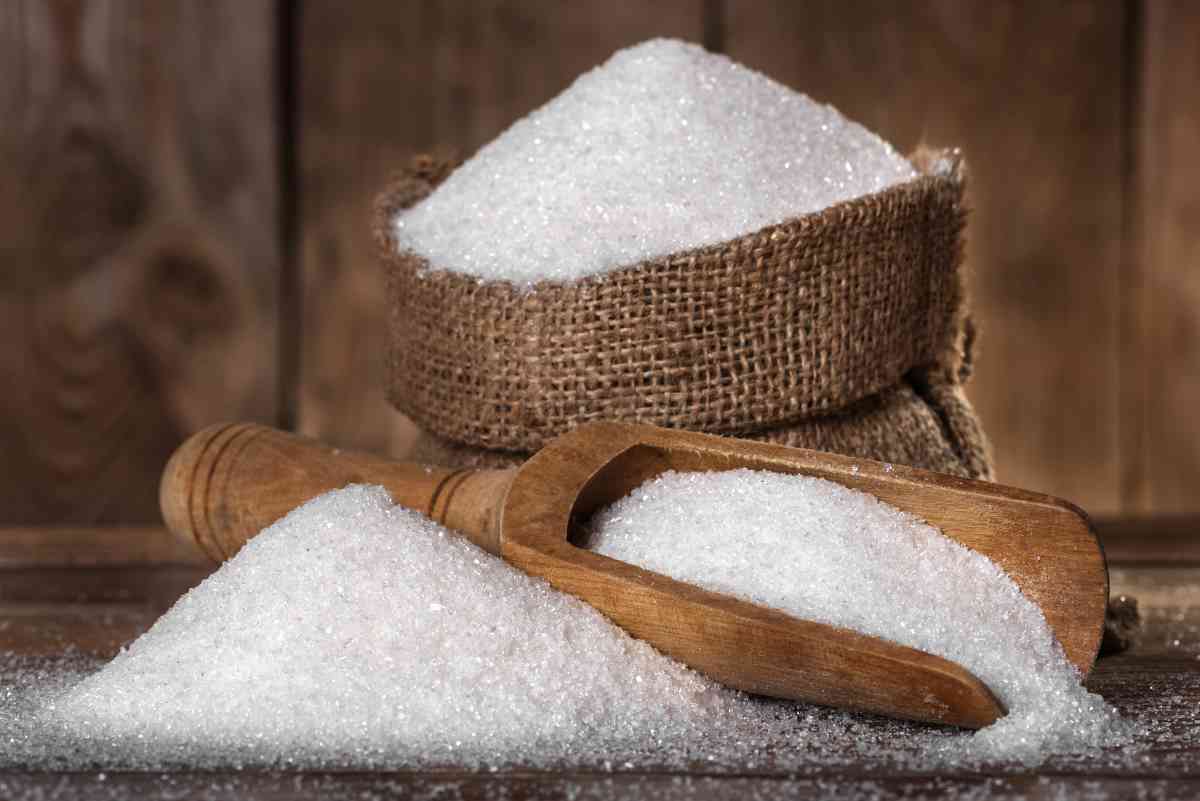

Articles
How To Store Sugar To Prevent Bugs
Modified: January 5, 2024
Learn effective strategies to store sugar and keep bugs away. Discover tips and methods in this informative article to ensure your sugar remains bug-free.
(Many of the links in this article redirect to a specific reviewed product. Your purchase of these products through affiliate links helps to generate commission for Storables.com, at no extra cost. Learn more)
Introduction
When it comes to storing pantry staples, we often think of flour, rice, and pasta. However, one item that can easily be overlooked is sugar. While sugar is known for its sweetening properties, it is also a magnet for bugs. These tiny pests are not only unappetizing to have in your pantry, but they can also contaminate your sugar and render it unusable.
In order to preserve the quality and longevity of your sugar, it is essential to store it properly. This article will explore the different types of sugar bugs, highlight the importance of proper sugar storage, and provide helpful tips on how to keep these pesky critters at bay.
So, if you’ve ever opened your sugar container to find an unwelcome surprise crawling around, or if you simply want to take preventive measures to avoid such an experience, read on to discover the best practices for storing sugar and keeping bugs away.
Key Takeaways:
- Protect your sugar stash from pesky bugs by choosing the right airtight, opaque, and durable container. Keep it sealed, store in a cool, dry place, and regularly check for signs of infestation to enjoy bug-free sweetener.
- Safeguard your sugar with additional precautions like inspecting packaging, freezing for 48 hours, rotating stock, regular cleaning, vacuum sealing, and using natural repellents. Prevention and proper storage are key to maintaining bug-free, fresh sugar for your culinary delights.
Read more: How To Store Rice To Prevent Bugs
Types of Sugar Bugs
Before delving into the details of proper sugar storage, it is important to understand the various types of bugs that can infest your sugar stash. These insects often find their way into our pantries and feast on the sweet granules, causing potential contamination.
1. Ants: Ants are a common household pest that can quickly infiltrate your sugar supply. They are attracted to the sweetness and can leave behind trails of pheromones for other ants to follow, leading to a full-blown infestation.
2. Weevils: Weevils are tiny beetles that can find their way into packaged dry goods, including sugar. These pests lay their eggs in the packaging, and once hatched, the larvae can wreak havoc on your sugar stash.
3. Flour Bugs: Flour bugs, also known as flour beetles, are another common nuisance in pantries. They have the ability to infest not only flour but also sugar and other dry goods. These bugs are small and reddish-brown in color, making them difficult to spot until they have multiplied.
4. Moths: Pantry moths, such as Indian meal moths, can also invade your sugar supply. These pests lay their eggs on food items, and once the larvae hatch, they feed on the sugar, leaving behind webbing and cocoon-like structures.
These are just a few examples of the pests that can make their way into your sugar. It’s important to be proactive in preventing infestations by implementing proper storage techniques.
Importance of Proper Sugar Storage
Proper sugar storage is not only essential for preserving the quality and taste of your sweetener but also for preventing bug infestations. Here are a few reasons why it is crucial to store sugar properly:
1. Pest Prevention: As mentioned earlier, bugs are attracted to the sweetness of sugar. By storing it in a way that deters pests, you can avoid infestations and the need to discard contaminated sugar. This helps you save money and ensures that you have bug-free sugar whenever you need it.
2. Longevity: When sugar is exposed to air, moisture, or fluctuations in temperature, it can clump and become lumpy, making it difficult to use. Proper storage helps maintain its granular consistency and extends its shelf life, so you can enjoy fresh sugar for longer periods.
3. Hygiene: Storing sugar in a clean and hygienic manner is crucial for maintaining food safety standards. Bugs can carry bacteria and other pathogens, posing a health risk if consumed. By storing your sugar properly, you can ensure that it remains free from contamination, providing you with safe and hygienic sweetener.
4. Easy Access and Organization: Storing sugar in a designated container or airtight bag not only protects it from bugs but also makes it more convenient to access and use on a daily basis. Proper storage allows for easy organization in your pantry, preventing spills and facilitating effortless meal preparation.
By understanding the importance of proper sugar storage, you can take the necessary steps to protect your sugar stash and ensure its quality and usability over time.
Choosing the Right Sugar Container
When it comes to storing sugar, choosing the appropriate container is crucial for maintaining its freshness and keeping bugs at bay. Here are some factors to consider when selecting a sugar container:
1. Airtight: Opt for a container that offers an airtight seal to prevent moisture and air from entering. This helps to preserve the quality and texture of the sugar, keeping it dry and free from clumping.
2. Opaque: Select a container that is opaque or made of a material that blocks sunlight. Exposure to light can degrade the quality of sugar and attract pests. Keeping the container in a dark area of the pantry or cupboard helps to maintain the freshness of the sugar.
3. Tight Lid: Ensure that the container has a tightly fitting lid to provide an additional barrier against bugs. This prevents insects from accessing the sugar and helps in maintaining its cleanliness and hygiene.
4. Durable: Choose a container that is durable and made of materials such as glass or food-grade plastic. These materials do not interact with the sugar, preserving its taste and quality over time.
5. Size: Consider the size of the container based on your sugar usage. It is advisable to store sugar in smaller containers to minimize air exposure each time the container is opened. This helps in maintaining the freshness and quality of the sugar.
Remember to clean the container thoroughly before transferring the sugar to ensure that no residue or contaminants are introduced to the fresh supply. Additionally, label the container with the type of sugar and the date of purchase to keep track of its freshness.
By selecting the right sugar container, you can protect your sweetener from moisture, air, and pests, ensuring that it remains in optimal condition for an extended period.
Store sugar in airtight containers to prevent bugs. Keep it in a cool, dry place away from moisture and heat. Adding a bay leaf can also help deter bugs.
Tips for Storing Sugar
Now that you have chosen the right sugar container, it’s time to learn some effective tips for storing your sweetener to prevent bug infestations and maintain its quality. Here are some useful strategies:
1. Keep It Sealed: Always store sugar in an airtight container or resealable bag to prevent moisture and air from reaching the sugar. This helps to maintain its texture and shelf life.
2. Clean Storage Area: Before storing sugar, ensure that the storage area is clean and free from any crumbs, spills, or existing bug infestations. Regularly clean and sanitize your pantry or cupboard to minimize the risk of attracting pests.
3. Cool and Dry Location: Choose a cool and dry spot to store your sugar. Avoid areas that are exposed to direct sunlight or prone to high humidity, as these conditions can promote clumping and bug infestations. The ideal temperature for sugar storage is between 50°F (10°C) and 70°F (21°C).
4. Avoid Proximity to Strong Odors: Sugar has a tendency to absorb odors from other foods, so it’s essential to keep it away from strong-smelling items. Store sugar separately from spices, onions, garlic, or any pungent food items to prevent the transfer of unwanted flavors.
5. Regularly Check for Signs of Infestation: Even with proper storage, it’s important to periodically inspect your sugar for any signs of bugs or larvae. If you notice any unusual discoloration, webbing, or insects, discard the contaminated sugar immediately and clean the storage container thoroughly.
6. Consider Using Bay Leaves: Placing a bay leaf or two in your sugar container can act as a natural repellent for bugs. These aromatic leaves are believed to repel pests and help keep them at bay. Just remember to replace the bay leaves every few months for optimal effectiveness.
7. Store in Small Batches: If you have a large quantity of sugar, it is advisable to divide it into smaller batches for storage. This minimizes the chances of exposing the entire supply to air and moisture every time you open the container.
By following these tips, you can ensure that your sugar remains fresh, bug-free, and ready to use whenever you need it. With proper storage techniques, you can enjoy the sweet taste of sugar without any unwelcome surprises.
Read more: How To Store Flour To Prevent Bugs
Additional Precautions
In addition to proper storage techniques, there are a few additional precautions you can take to further protect your sugar from bugs and maintain its quality:
1. Inspect Packaging: Before purchasing sugar, inspect the packaging for any signs of damage or insects. Avoid buying sugar that has torn or open packaging, as it may have already been exposed to pests.
2. Freeze for 48 Hours: If you suspect that your sugar may be infested with bugs, you can freeze it for 48 hours to kill off any existing eggs or larvae. After freezing, transfer the sugar to an airtight container and store it using proper techniques.
3. Rotate Stock: To ensure that your sugar remains fresh, use the “first in, first out” principle. When replenishing your sugar supply, place the new batch at the back and use older ones first. This helps to prevent sugar from sitting unused for extended periods, reducing the chances of attracting bugs.
4. Regular Cleaning: Schedule regular cleaning sessions for your pantry or storage area to remove any spilled sugar, crumbs, or debris that may attract pests. Wipe down the shelves and containers with a solution of vinegar and water to deter bugs and keep the area clean and fresh.
5. Consider Vacuum Sealing: For long-term storage, you may opt to vacuum seal your sugar. Vacuum sealing removes air and helps to maintain the freshness and integrity of the sugar for an extended period.
6. Use Natural Repellents: Apart from bay leaves, there are other natural substances that can act as bug repellents. Some options include cloves, cinnamon sticks, or even a few drops of essential oils like peppermint or lavender. Place these repellents near your sugar storage to help deter pests.
By implementing these additional precautions, you can further safeguard your sugar from bugs and maintain its quality for a longer period. Remember, prevention is key when it comes to keeping your pantry free from unwanted pests.
Conclusion
Proper sugar storage is essential to maintain the quality, freshness, and usability of this sweet pantry staple. By taking the necessary precautions, you can prevent bug infestations, preserve the taste of your sugar, and ensure its hygiene. Remember these key points:
1. Understand the types of sugar bugs that can infiltrate your pantry, such as ants, weevils, flour bugs, and moths.
2. Recognize the importance of proper sugar storage, including pest prevention, longevity, hygiene, and accessibility.
3. Choose the right sugar container that is airtight, opaque, has a tight lid, and is made of durable materials like glass or food-grade plastic.
4. Follow essential tips for storing sugar, such as keeping it sealed, maintaining a clean storage area, storing it in a cool and dry location, avoiding proximity to strong odors, and regularly checking for signs of infestation.
5. Consider additional precautions such as inspecting packaging, freezing sugar for 48 hours, rotating stock, regular cleaning, vacuum sealing, and using natural bug repellents.
By implementing these practices, you can protect your sugar from unwanted pests, maintain its integrity, and enjoy fresh, bug-free sweetener in your recipes and beverages.
Remember, prevention and proper storage are key. With a little effort and regular maintenance, you can ensure that your sugar remains free from bugs and ready to enhance your culinary creations for months to come.
So, go ahead and apply these practical tips to store your sugar properly and bid farewell to any unwelcome surprises in your pantry!
Frequently Asked Questions about How To Store Sugar To Prevent Bugs
Was this page helpful?
At Storables.com, we guarantee accurate and reliable information. Our content, validated by Expert Board Contributors, is crafted following stringent Editorial Policies. We're committed to providing you with well-researched, expert-backed insights for all your informational needs.
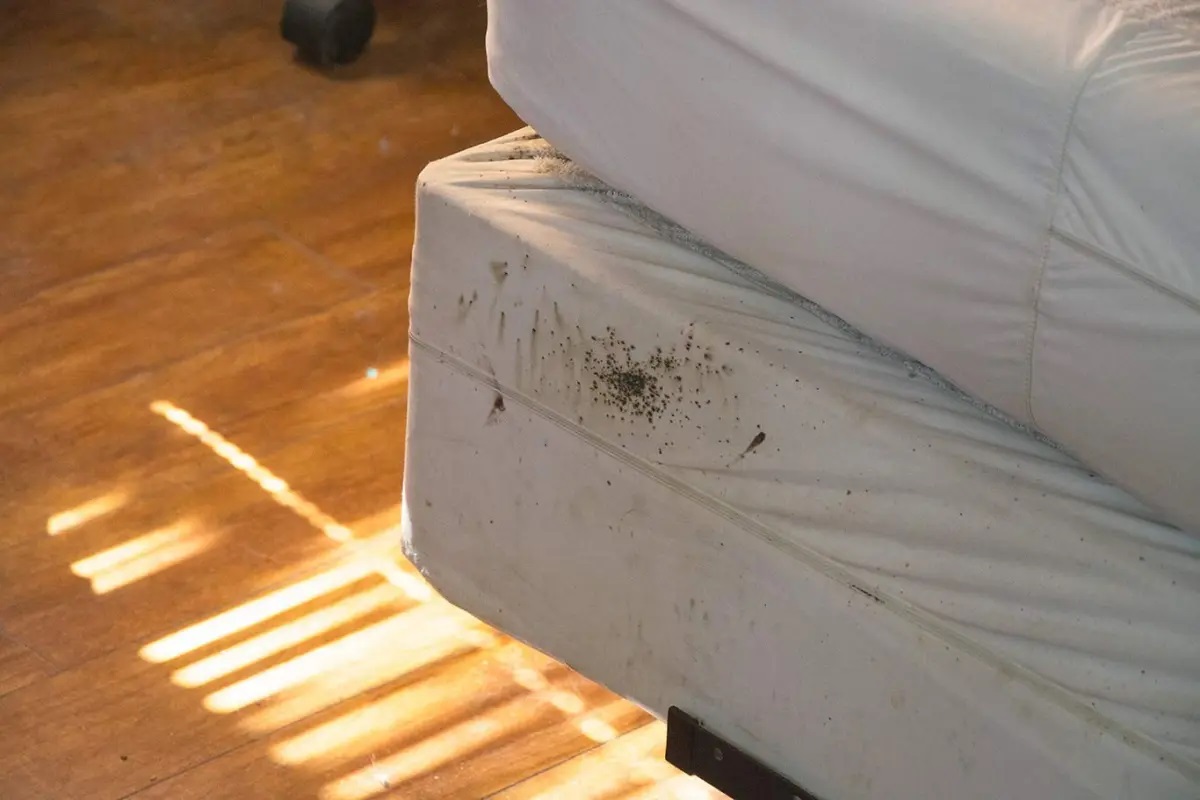
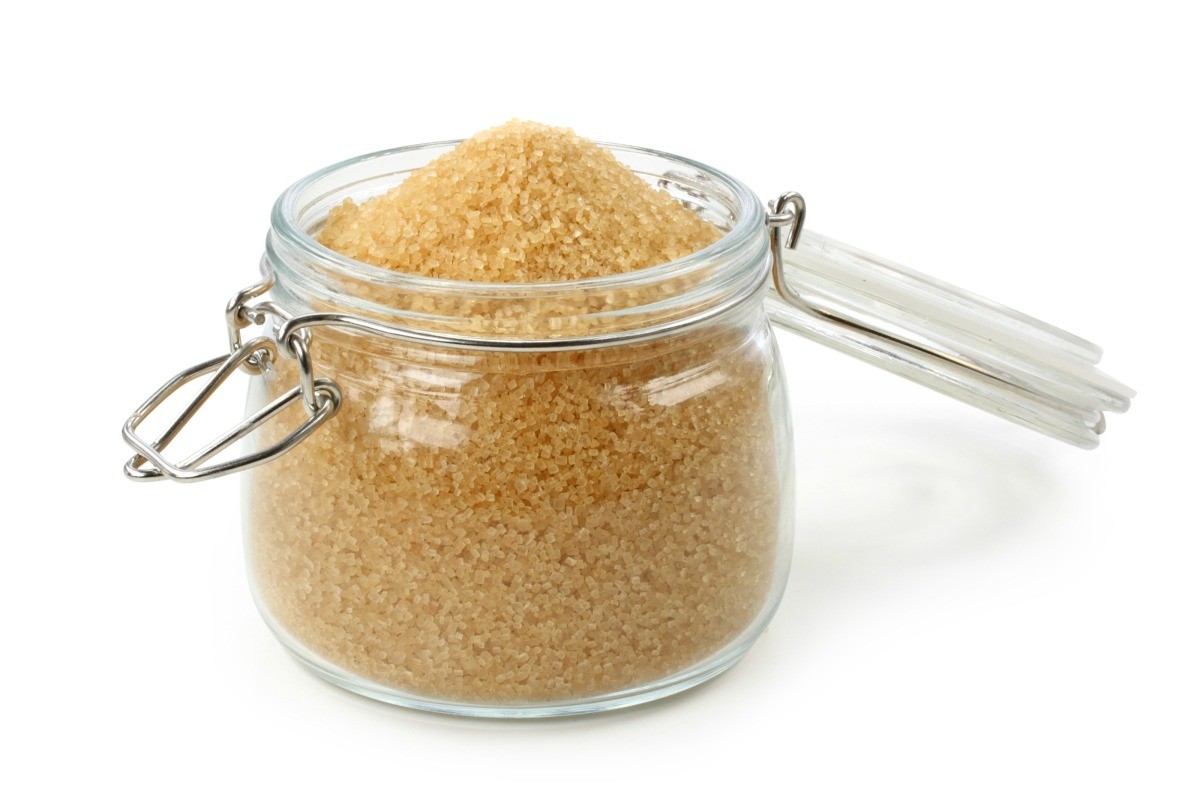
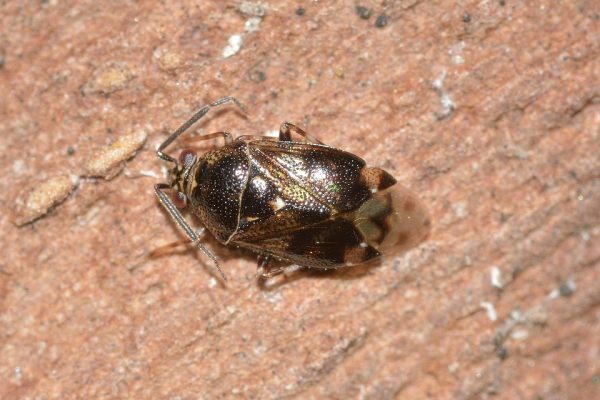
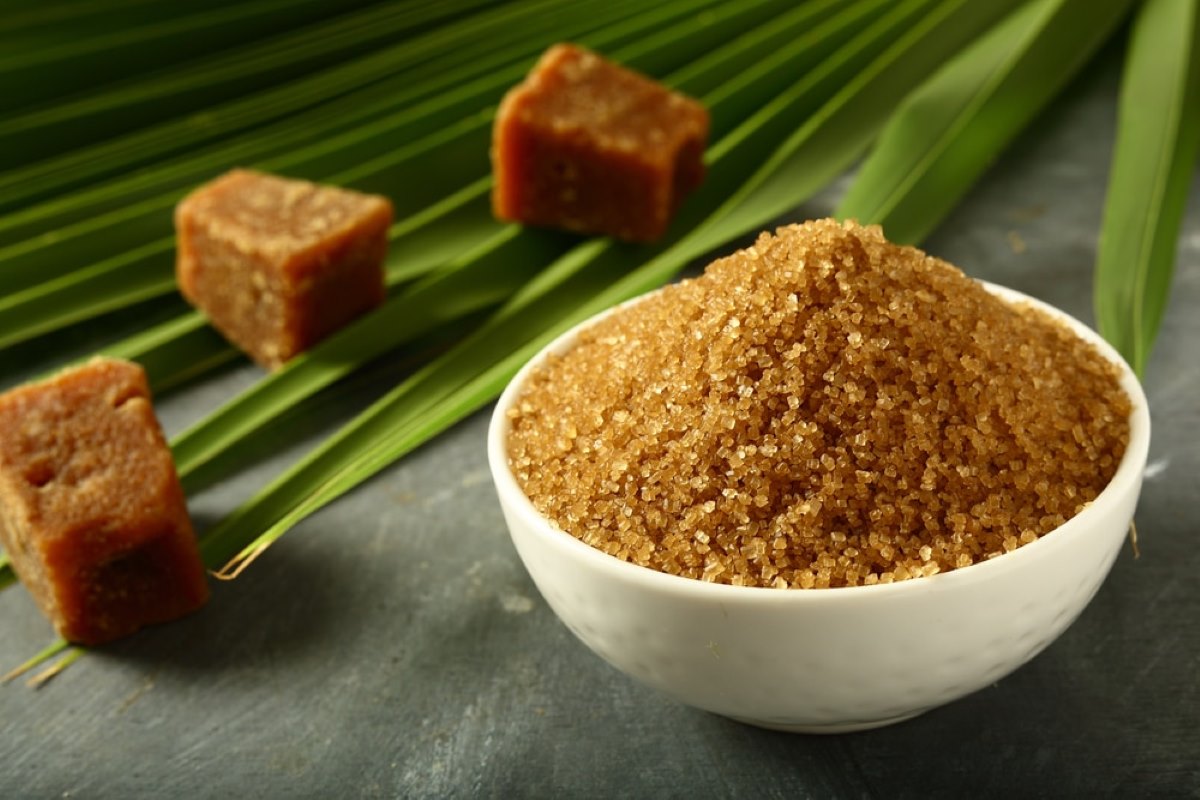
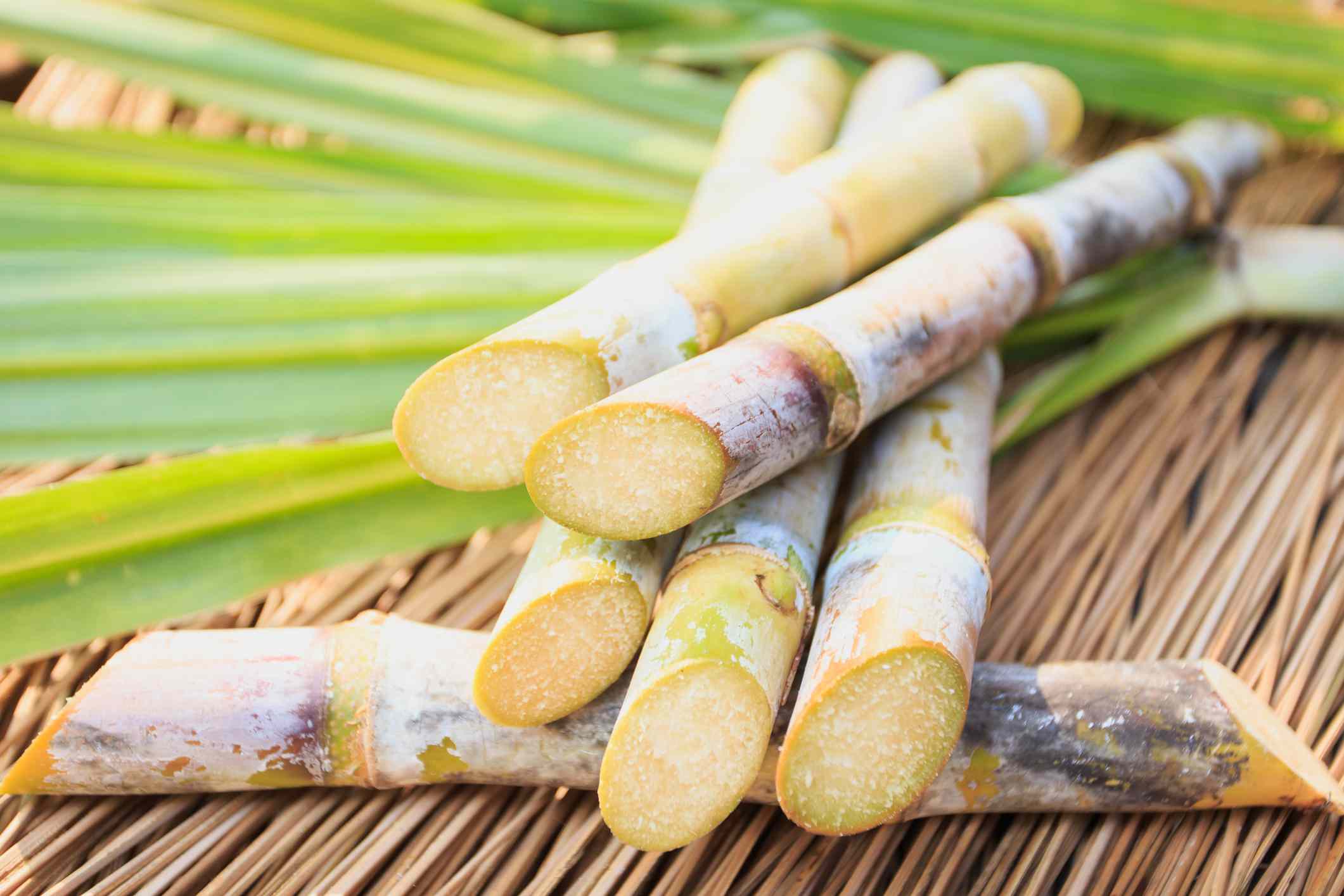
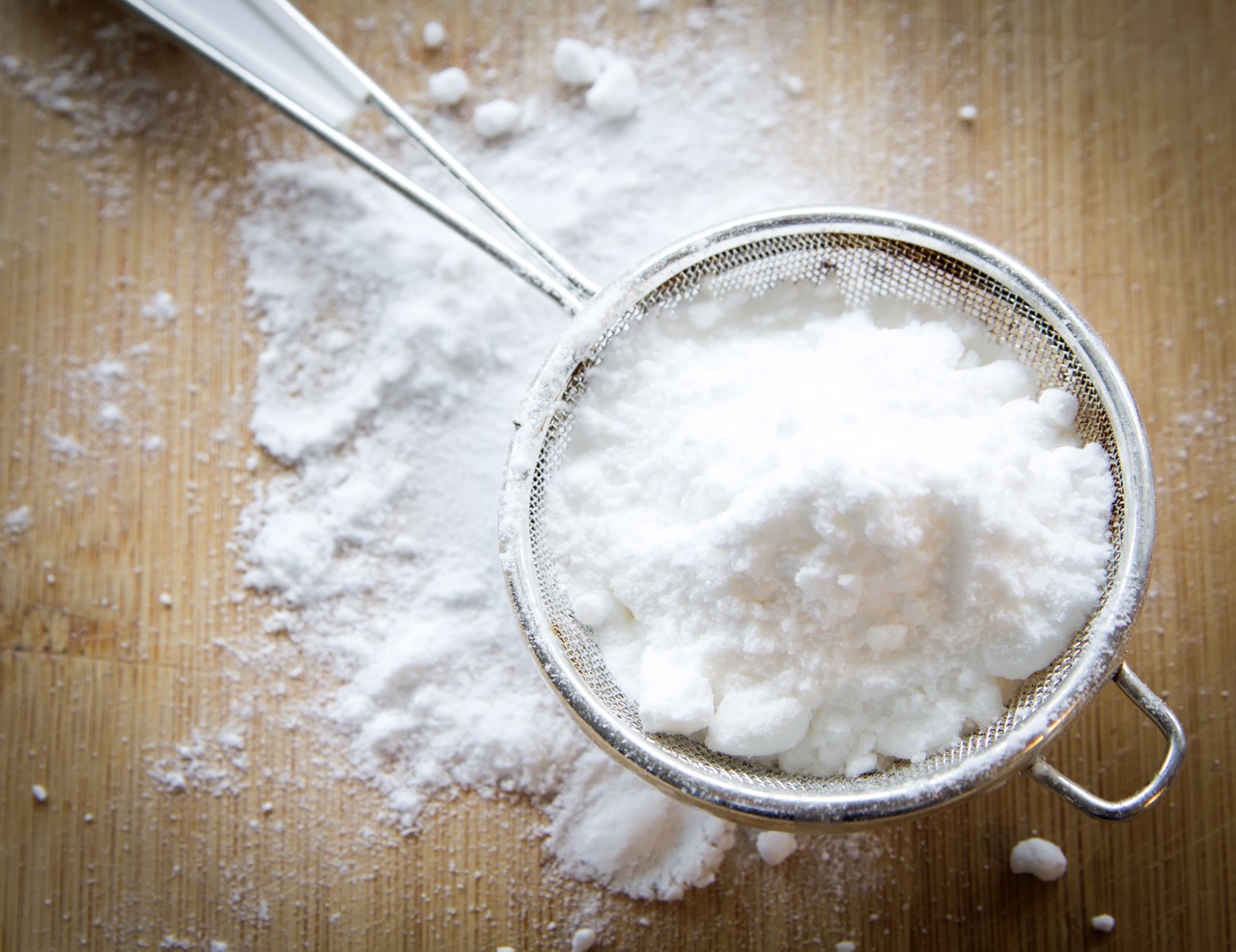
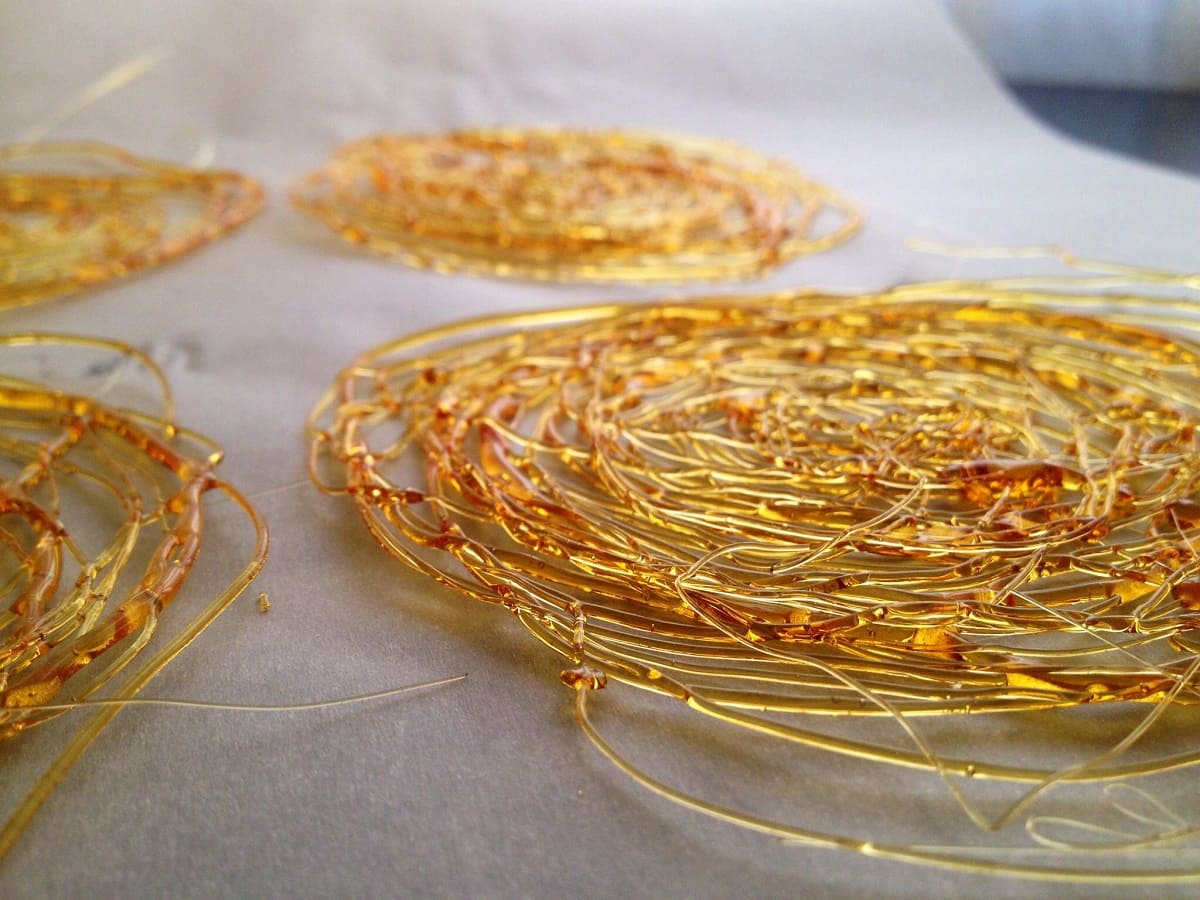
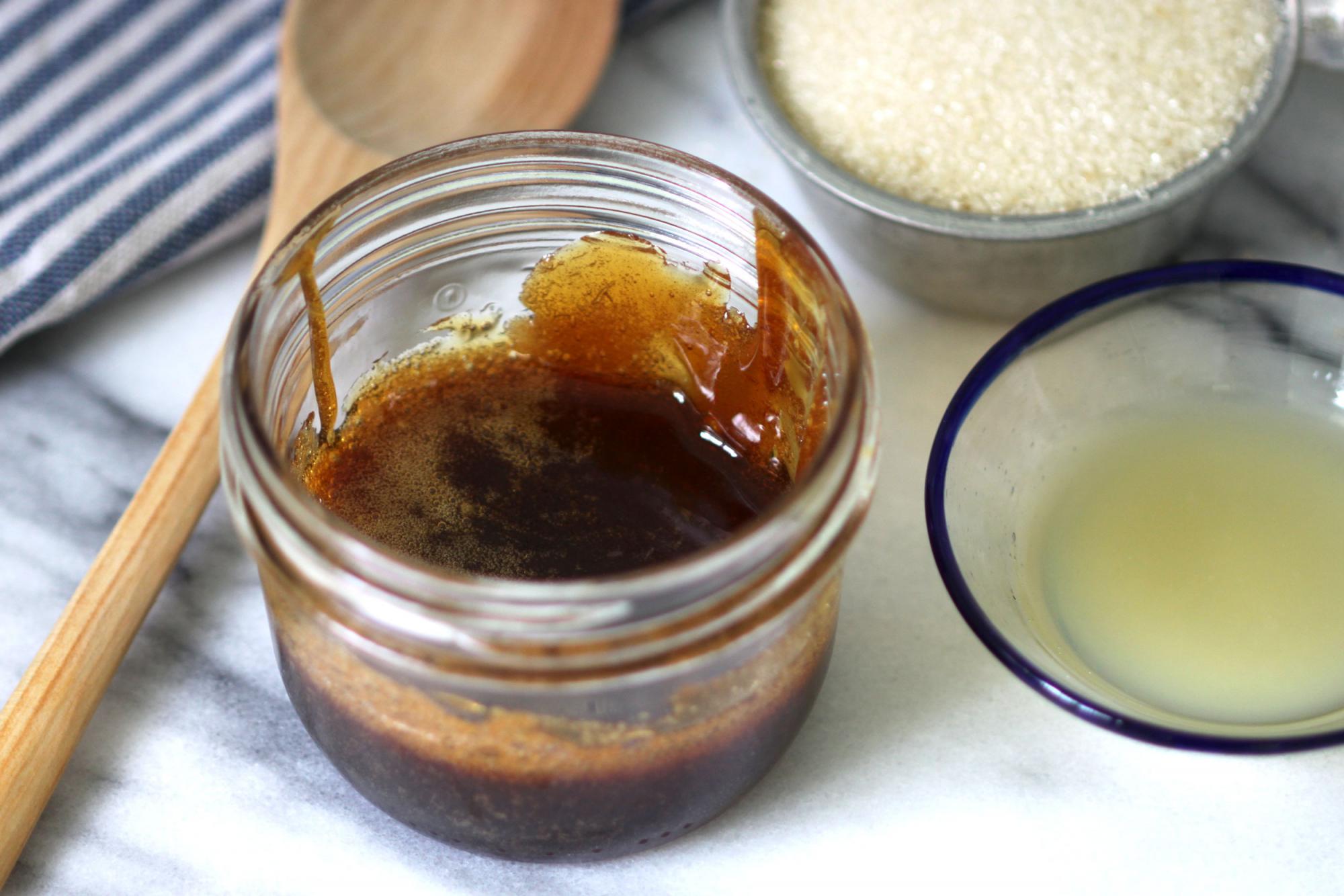
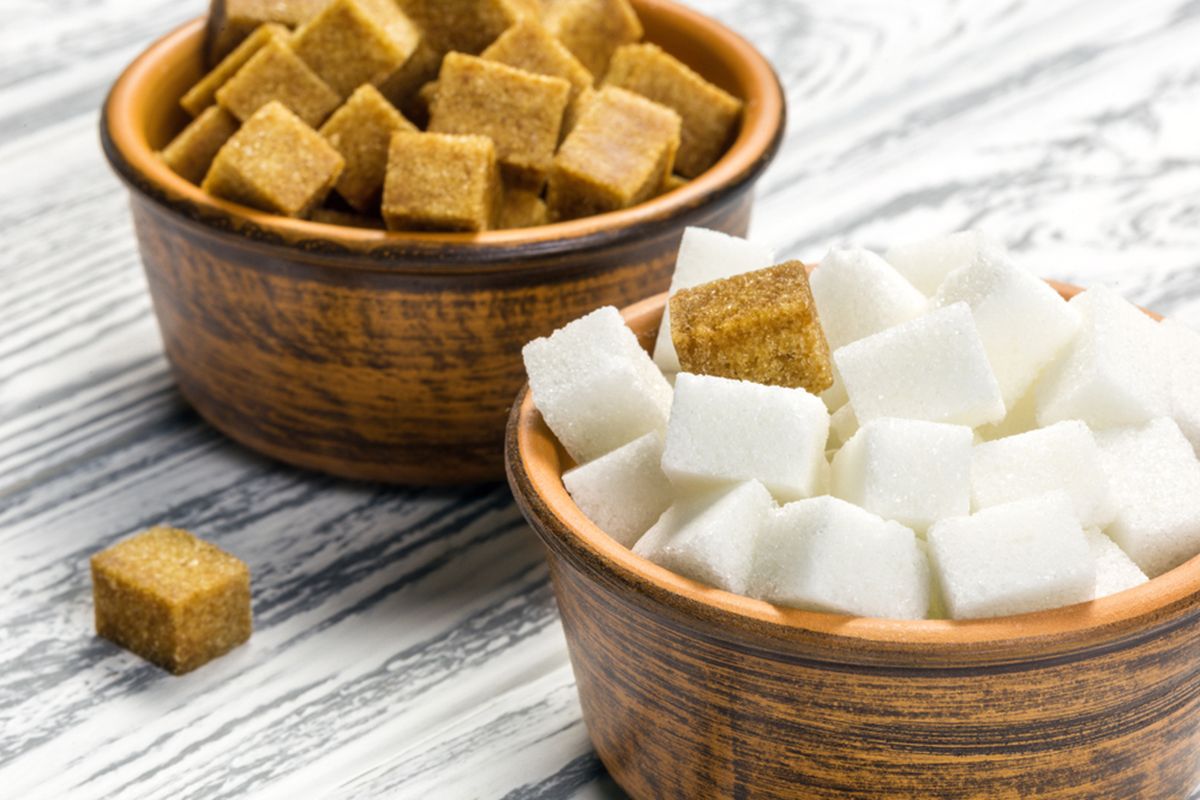
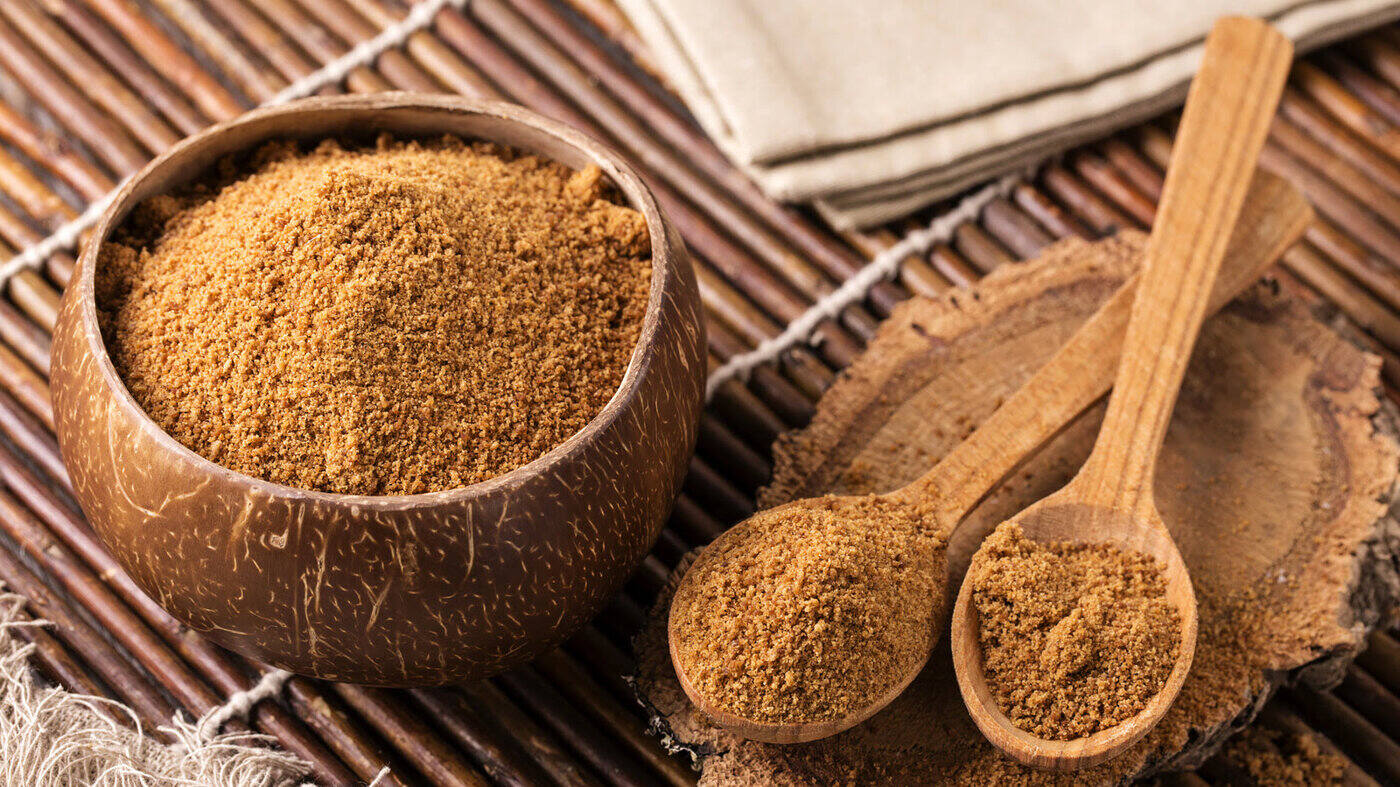
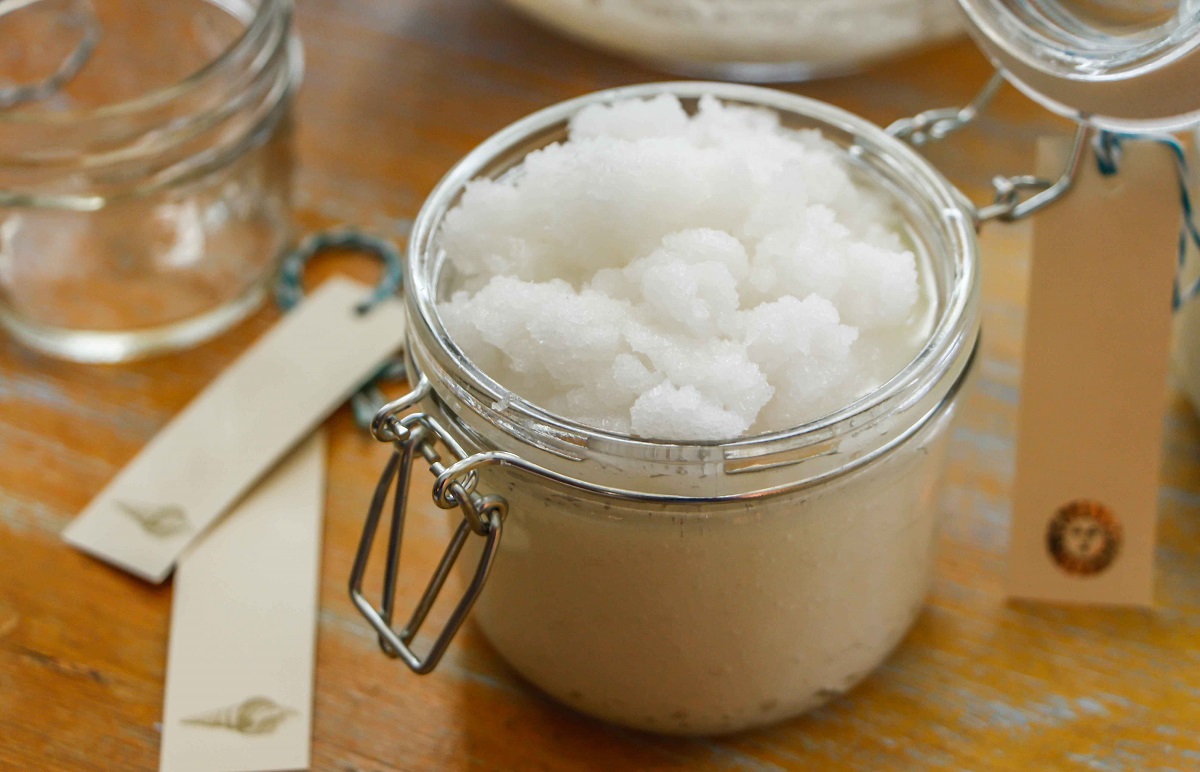

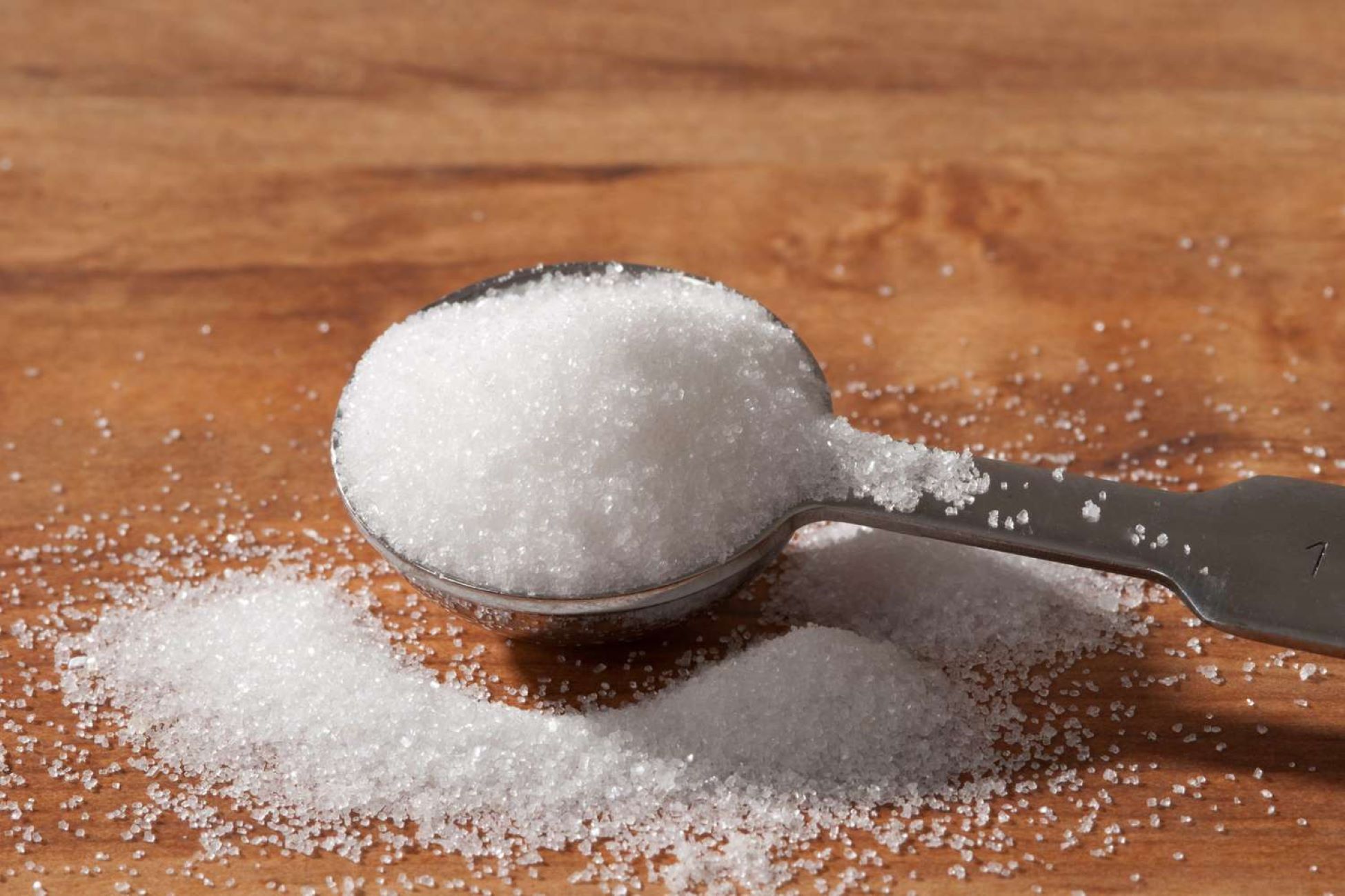
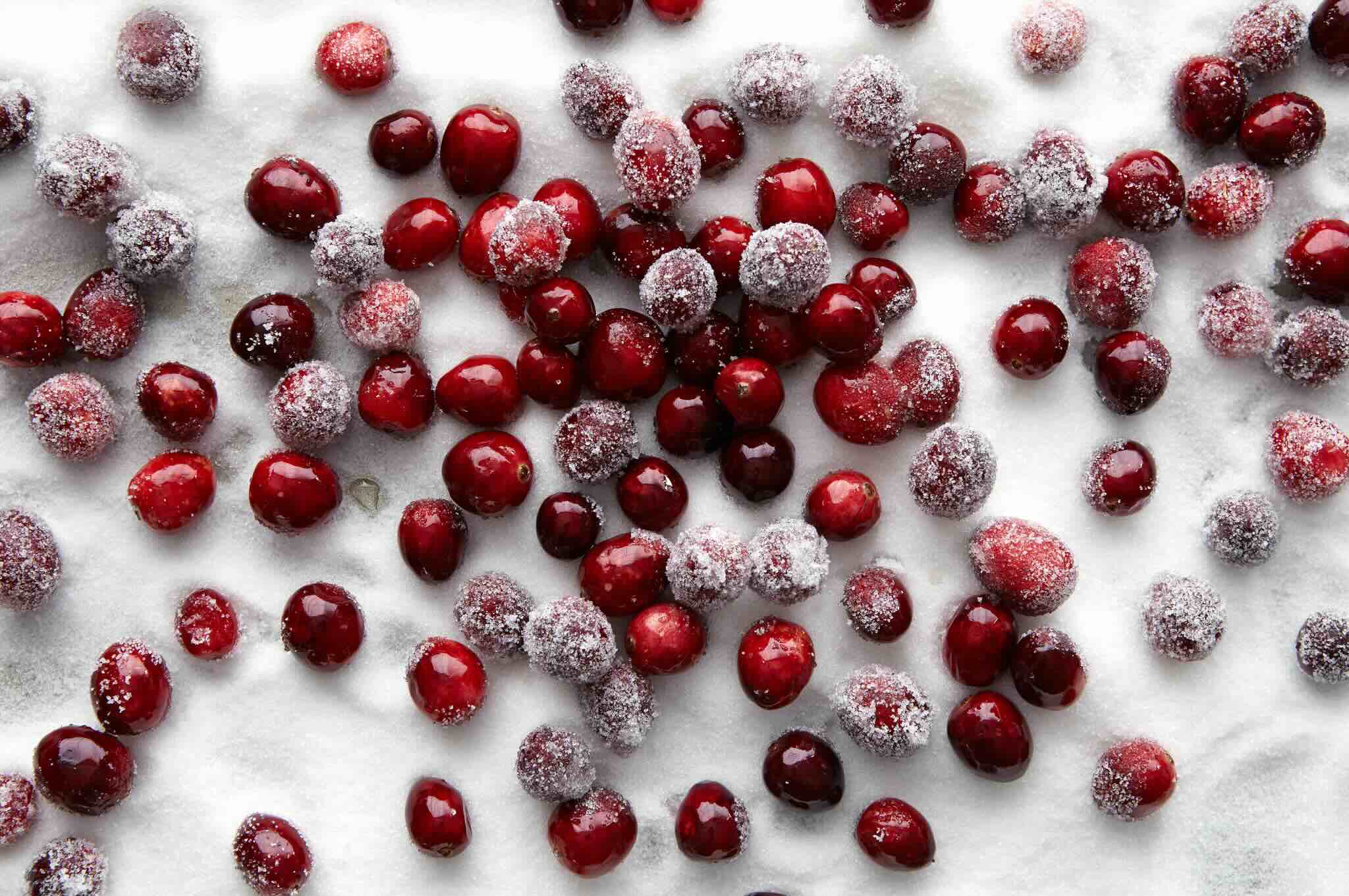

0 thoughts on “How To Store Sugar To Prevent Bugs”